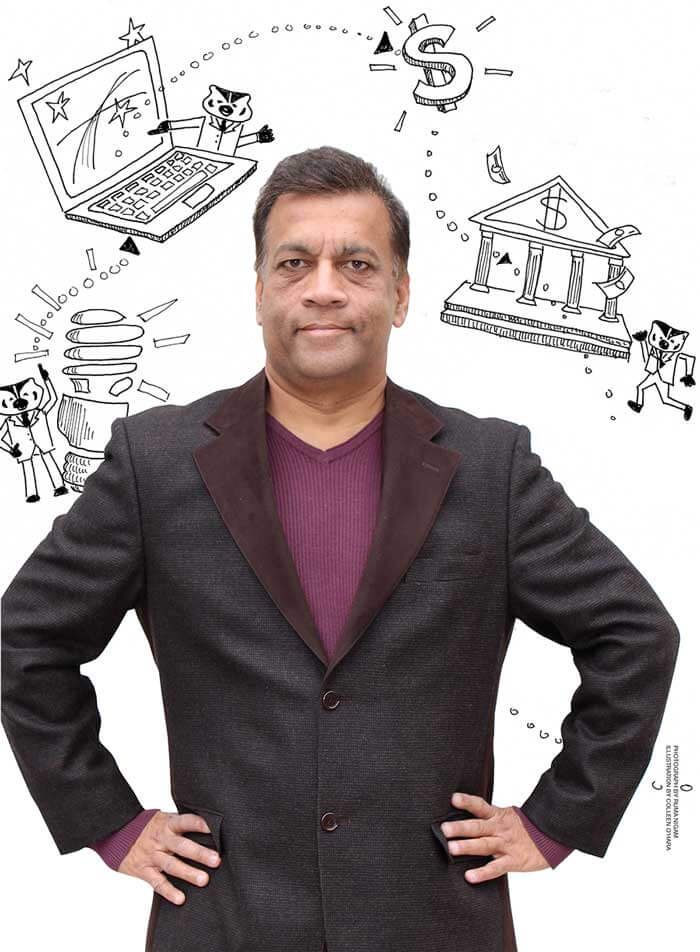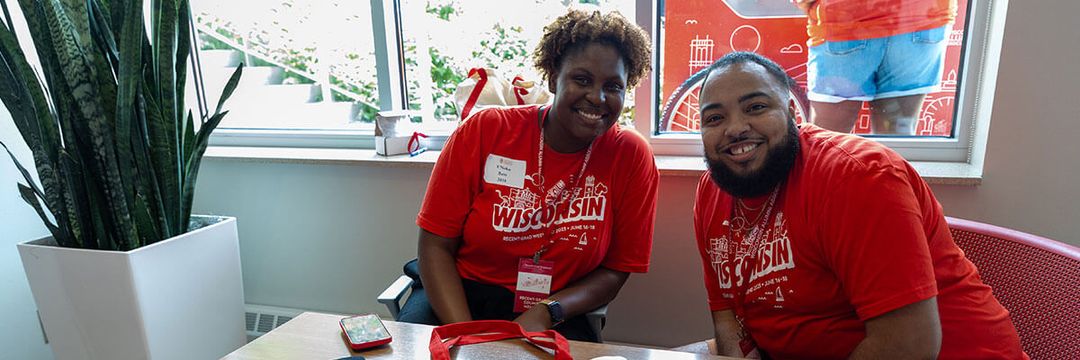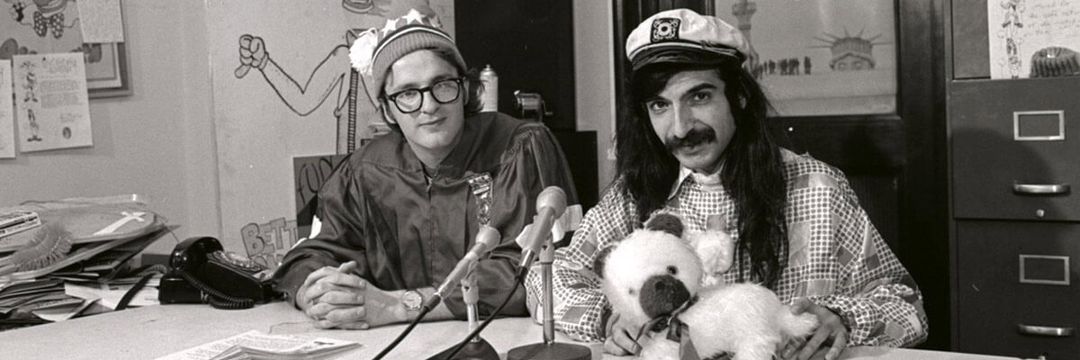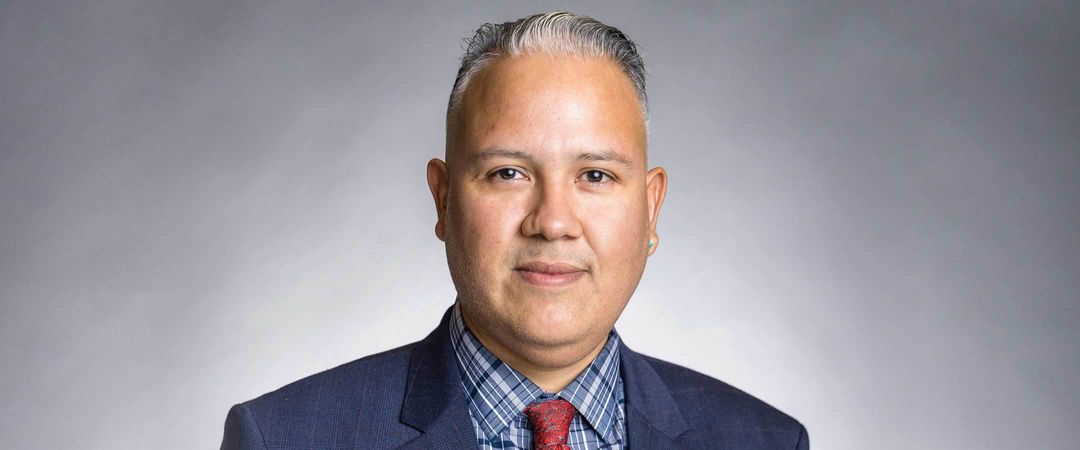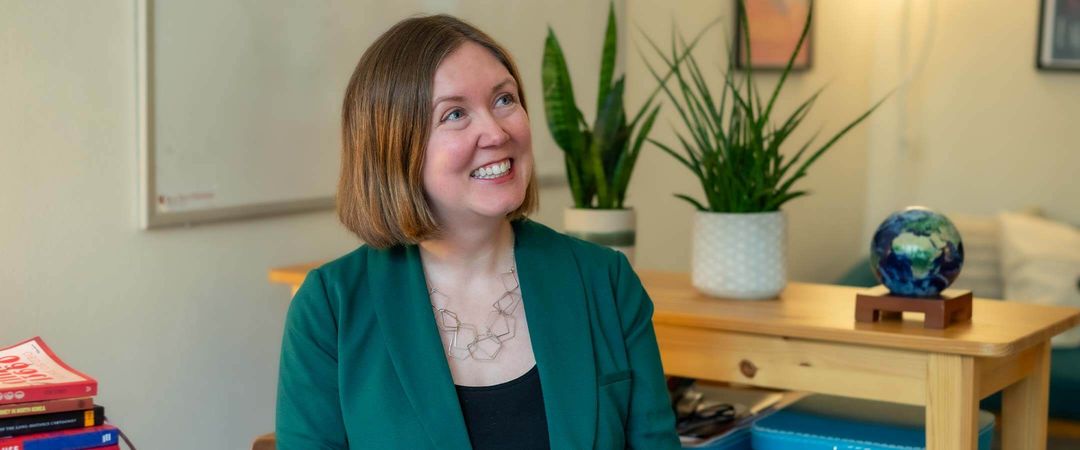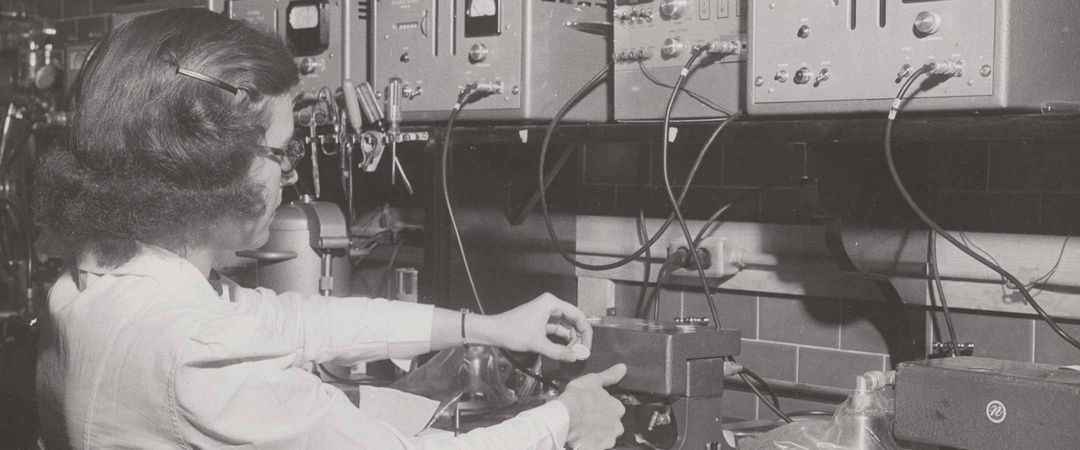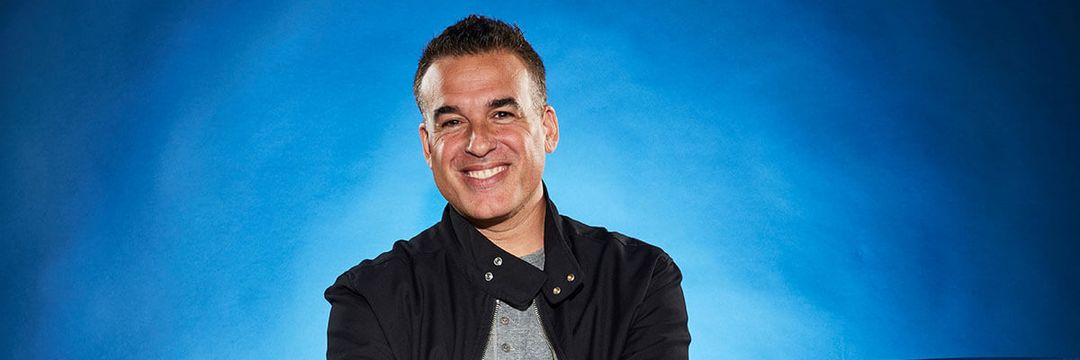According to Pavan Nigam MS’82, Silicon Valley works best when it operates like a version of the old spiritual “Dem Bones”:
The inventor’s connected to the entrepreneur.
The entrepreneur’s connected to the angel investor.
The angel investor’s connected to venture capital.
The venture capitalist is connected to the corporate attorney.
It’s connections, Nigam believes, that make the entrepreneurial process go in America’s high-tech heartland.
“The Valley runs off the network,” he says. “It’s the critical element for any entrepreneur — to get established, you need help and advice, and then it’s natural to want to pass that help on to others.”
To enhance the network of his fellow UW grads in northern California, Nigam led the formation of a group called the Badger Entrepreneurship Forum (BEF), a collection of computer scientists, executives, investors, attorneys, and others involved in business start-ups in Silicon Valley and the San Francisco Bay area. Since 2009, the BEF has gathered every two to three months to share ideas, inspiration, and expertise. Their goal is to leverage a network of fellow alumni to help aspiring entrepreneurs find success.
It’s a plan that the UW would like to repeat.
Generations
Nigam knows how important “the network” can be in Silicon Valley, because personal connections were the foundation of his own success. When he was one of the founders of Healtheon — an online medical information site that formed the basis for today’s WebMD — he relied on aid and advice from his own mentor, former Netscape founder Jim Clark, to help him navigate the intricacies of the entrepreneurial path.
“Starting a company is so hard,” Nigam says. “You really need someone who’s been through it to help you.”
When Nigam first arrived in Silicon Valley in 1982, he had a freshly minted master’s degree from the UW’s computer science department and a job at computer-chip maker Intel.
“When I graduated, there were really only a couple of places computer science grads went, California and Boston,” he says, “and I’d had enough of cold weather.”
In the mid 1990s, he joined with Clark to launch a new endeavor, one that would create an online system to streamline communication about health-related issues. That effort led to the creation of Healtheon, which had its initial public stock offering in February 1999 and saw its shares rise 400 percent in value on its first day of trading. Later that year, Healtheon merged with the Microsoft-backed WebMD, and Nigam’s fortune was set.
But money is one thing; purpose is another. Nigam felt that his experience with Healtheon gave him more than funds — it gave him expertise, and he started looking for ways to invest his knowledge.
“There are so many people out here like me,” he says. “I wanted to help the next generation get help. I wanted to give back.”
The Shepherd
Nigam found that opportunity through UW-Madison computer science professor Guri Sohi.
In 2004, Sohi was elevated to chair of his department, but he faced a problem: he knew he had a lot of successful alumni, but thy weren’t working together.
When he was a student, he’d gone to a relatively small university, the Birla Institute of Technology and Science in Pilani, India — a school that had only around two thousand students, all of whom lived on campus.
“It was a very close community, and alumni are very close,” he says. “Networking and connections are very big in India, and I realized that we don’t really have the same thing here — not to the same extent.”
Sohi felt that computer science alumni should be particularly well-disposed to creating a strong network for mutual support in business since the graduates of his department tend to congregate in particular areas.
“There are certain hot spots,” he says. “Seattle is one, and the Washington, D.C., area, Boston, the Chicago area. But the largest presence of alumni is in Silicon Valley.”
Forming a business-related network of alumni in northern California offered Sohi several advantages. It would encourage successful alumni to take a greater interest in the UW, and it could create opportunities for new graduates to transition from school to careers in one of the most vital areas in America’s computer industry.
But what Sohi needed was an alum to lead the charge. He created a board of visitors for the computer science department and recruited Nigam to join it, with the hope that Nigam would start a networking group.
“I told him that, in my view, this could only be successful if it was a grassroots organization, if it was something led by alumni rather than by the university,” Sohi says. “Pavan was quite happy to get going, and he’s built it into a self-sustaining movement.”
Forging connections among his fellow alumni turned out to be the kind of volunteer opportunity that Nigam was looking for. “Every group needs a shepherd,” he says. “I guess that was my role — to be the shepherd and build membership.”
Entrepreneurial Ecosystem
Nigam had considered himself an interested and involved alumnus, even before Sohi approached him about forming a networking organization. But he felt that the UW alumni events in California could do more to take advantage of the state’s 22,000 Badgers.
“Like most alumni, I guess, my main connection to the university then was through sports,” he says. “I watched the Badger teams play, especially when they were good, but that was about it. But I found that there were a lot of successful companies started by Badgers. And I came to see that there was untapped potential — it was amazing how much — for these Badgers to help each other in a business capacity.”
After Sohi recruited Nigam to form a network of computer science alumni based around business interests, Nigam began to work out just what such a network should look like. It should run parallel to the existing structure of alumni activity, the structure that was based around social and athletic events. And it should have a clear focus, bringing in only those who have an interest in entrepreneurship.
“We’re not exclusive, exactly, but we do set the bar high,” Nigam says. Those Badgers asked to BEF gatherings tend to be inventors, investors, chief executives, or corporate attorneys. “I maintain the criteria for who gets invited, and it ranges from the very successful to aspiring entrepreneurs. We want people who can give seasoned advice, and people who are serious about the questions they ask and the feedback they get.”
The goal, Nigam says, is to foster an “entrepreneurial ecosystem,” an environment that helps nurture the conditions in which new ideas and new businesses can thrive.
“The unique thing about our group is that its central focus is entrepreneurial in nature,” Nigam says. “There are other Badger groups that support different activities, but we support the entrepreneurial ecosystem. We’re working to leverage the influence of the alumni here.”
Badger DNA
Although Nigam is concerned with maintaining what he calls the “high caliber people” who take part in BEF, he’s also determined that the group will remain strictly within the realm of people associated with the UW.
“All our events are hosted by Badgers,” he says. “Our presenters and attendees are always Badgers. Everyone involved has to have Badger DNA.”
To connect with northern California’s Badger community, Nigam turned to Dave Bunzel ’77, an alum who is deeply involved with the area’s WAA chapter, the Bay Area Badgers. Bunzell describes himself as one of California’s “most enthusiastic Badgers,” but he’s also an industrial consultant, a member of the Santa Clara Consulting Group, so he knows how valuable good advice can be for a start-up business.
“Everywhere I go, I keep running into Badgers who are doing interesting things [in business],” Bunzel says. “This could be a very powerful group as it gets active in networking.”
Bunzel and Nigam met in 2009 and began plotting how to get BEF off the ground. That November, Nigam hosted BEF’s first event at a restaurant called Zitune in Los Altos, with just under twenty Badgers in attendance. In the years since that first meeting, BEF has seen its membership grow to more than 300 members, with a board that includes Ramu Sunkara MS’87, head of mobile media for Skype; attorney Alec Chang ’87; Peter Winer ’81, senior vice president at Cisco; and Jay Reinemann ’91, executive director at the bank BBVA.
Back at the UW’s computer science department, Sohi has watched the BEF’s growth and wondered if Nigam’s plan might work in other geographic areas as well.
“What we’re hoping to do, over time, is replicate the model,” Sohi says.
Nigam believes this could work, as long as there are alumni willing to step into the shepherd role. As long as someone’s willing to give a little encouragement, he believes Badgers will happily connect themselves.
“I have a fundamental belief that alumni have an instinctual urge to help each other and their university,” Nigam says. “And that’s what [the BEF] is designed to do — to connect those Badgers who have aspirations to those who got lucky and got wealthy.”
